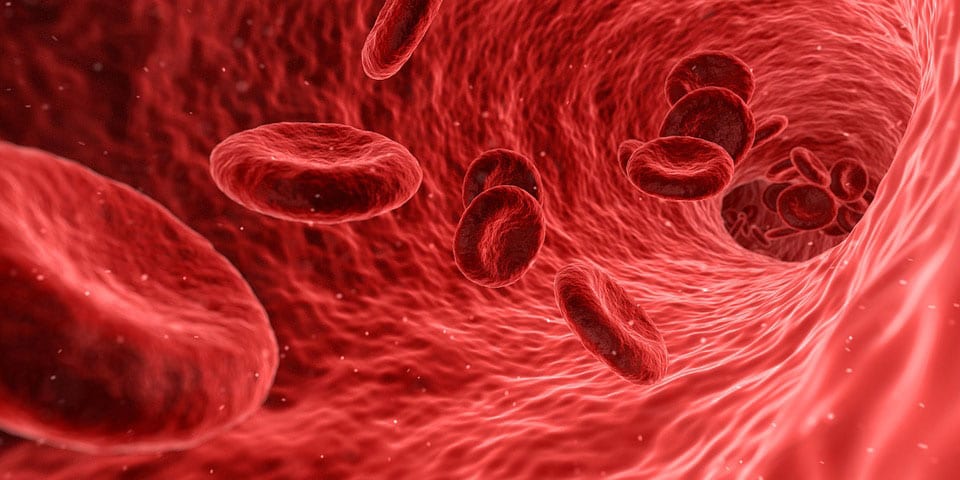The first patient has been dosed in a Phase 1 clinical trial, which is exploring Curis Inc.’s CA-4948 in conjunction with ibrutinib for hematologic malignancies. Examples of hematologic malignancies include non-Hodgkin’s lymphoma, acute myeloid leukemia, or multiple myeloma. This matches Curis’ overall mission of developing or finding innovative treatment solutions for patients with cancer. Read the press release here.
CA-4948
CA-4948 is a small molecule IRAK4 kinase inhibitor which Curis describes as a TLR pathway suppressor. The company explains:
Innate immune responses orchestrated through Toll-like receptors or certain interleukin receptors are important mediators of the body’s initial defense against foreign antigens, while their dysregulation is associated with certain inflammatory conditions, including cancer. Toll-like receptors (TLRs) and the IL-1 receptor (IL-1R) family signal through the adaptor protein MYD88, that results in the assembly and activation of IRAK4, initiating a signaling cascade that induces cytokine and survival factor expression mediated by the transcription factor NF-κB.
Protein mutations within this pathways can lead to an increased risk of cancer, or higher proliferation of cancerous cells. Researchers are now evaluating CA-4948 and ibrutinib, a BTK inhibitor, in patients with relapsed or refractory cancers. The combination is believed to touch on both pathways, providing a more effective and comprehensive treatment option.
Clinical Trial
The Phase 1 trial will have two parts: dose escalation and an expansion trial using patients with marginal zone lymphoma, activated B cell-like diffuse large B-cell lymphoma (ABC-DLBCL), primary central nervous system lymphoma (PCNSL), and non-Hodgkin’s lymphoma which is averse to ibrutinib treatment. Between the two arms, researchers will evaluate the safety, efficacy, tolerability, pharmacokinetics and pharmacodynamics, and biomarker changes.
Within the dose escalation phase, 18 patients will enroll. Patients will receive 200mg CA-4948 with a later dose of 300mg. In an initial mono therapy study, patients treated with 300mg daily experienced tumor reduction. Thus, researchers will determine at what higher dose is the maximum tolerated dose for safety. This can later be used in a Phase 2 clinical trial.
In the second trial arm, which hopes to enroll 15-20 patients in each cancer cohort, researchers will evaluate the treatment response and durability. Secondary trial endpoints include progression-free survival, safety, and tolerability.
Beyond this trial, Curis is exploring CA-4948 as a potential treatment option for patients with AML and myelodysplastic syndromes.
Acute Myeloid Leukemia (AML)
When the DNA of developing cells in the bone marrow becomes damaged, the marrow produces immature cells. Eventually, these develop into myeloblasts, or leukemic white blood cells. As these crowd healthy cells out of the bone marrow, it causes health issues in patients with acute myeloid leukemia (AML), a blood and bone marrow cancer. Symptoms include:
- Unusual and easy bruising and bleeding
- Pallor (pale skin)
- Fever
- Fatigue
- Bone pain
- Shortness of breath or difficulty breathing
- Frequent infections
Myelodysplastic Syndromes (MDS)
Doctors are not sure what causes myelodysplastic syndromes (MDS), progressive conditions which prevent bone marrow from producing enough healthy red and white blood cells and platelets. There are five subtypes of MDS, which include refractory anemia, refractory anemia with sideroblasts, refractory anemia with excess blasts, refractory anemia with excess blasts in transformation, and chronic myelomonocytic leukemia. MDS progresses to AML in about half of all cases. Typically, MDS affects males more frequently than females. It also affects those over 60 at a higher rate than other groups. Symptoms include:
- Thrombocytopenia (low platelet count)
- Easy bruising and bleeding
- Frequent infections
- Neutropenia (low white blood cell count)
- Anemia (low red blood cell count)
- Fatigue and lethargy (low energy)
- Pale skin
- Shortness of breath / difficulty breathing that worsens upon exercise
- Heart palpitations
- Chest pain
- Petechiae (small red spots under the skin)







